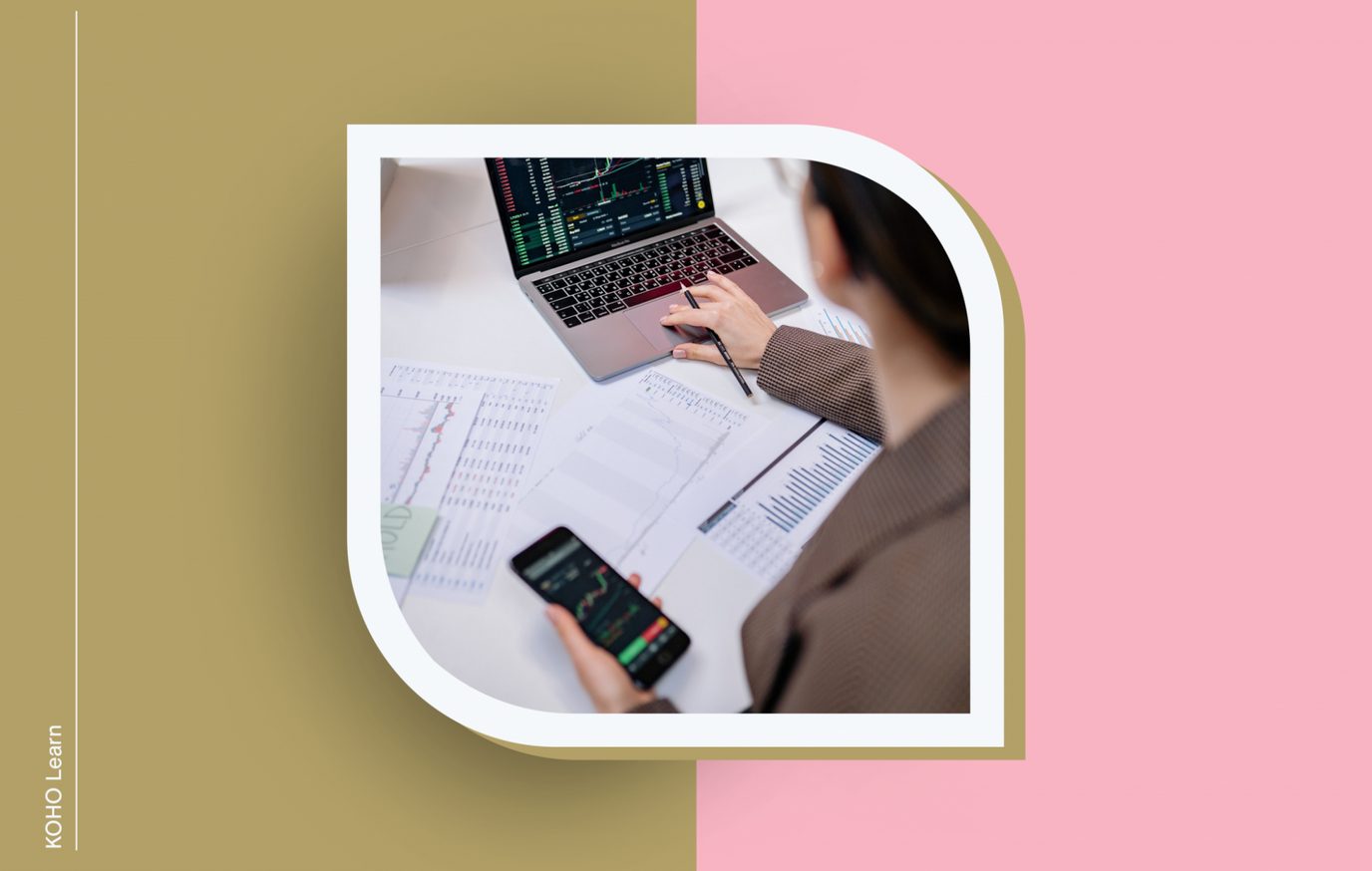
Rounding it up
Low interest rates affect everything; the Bank of Canada influences rates by changing its primary rate.
Low rates mean banks lend more money and borrowers take more; there’s generally more cash in the economy.
That amount of money can dilute the power of a single dollar, thereby causing inflation.
You like a good bargain, right? When things are less expensive, it usually means you can get more of something or have more resources leftover to afford other inexpensive items.
This is the type of environment that low interest rates provide. Lower interest rates make borrowing money cheaper, allowing you to get more bang for your borrowed buck. They also, however, have some side effects of which you might not be aware. Low interest rates can also dilute a currency, making the dollar you’ve got worth less. This, combined with items getting more expensive leads to inflation. Low interest rates have a drastic effect on an economy and certainly far more than just making it easier to borrow. Read on to learn more about what effects low interest rates have on the economy and what you can do to take advantage of them.
The Bank of Canada Prime Rate
Banks have lots of money but they have to get it from somewhere in the first place and in our modern economy, they get it from one another via the Prime Rate. The Prime Rate is an interest rate set by the Bank of Canada that tells banks what they need to charge each other to reconcile accounts at the end of each banking day. Let’s say, for example, that lots of people that use Bank A paid people that use Bank B. Bank A may not have enough money to cover all of those receipts, so it borrows money from Bank B at the prime rate, currently set at .25%. This kind of lending happens each night as banks reconcile the day's deposits with one another.
The Bank of Canada is able to influence the broader economy by changing the rate they tell other banks they have to charge one another for this overnight reconciliation. When that interest rate goes up or is higher, the banks pass that additional charge onto the consumer in the form of higher interest rates more broadly.
The next part of interest rates
Now, you may be saying, “but I have a 7% interest rate on my car; why the heck am I paying that much if the bank only has to cover a .25% rate!?” Fair question. The prime rate is not the only part of the equation the bank needs to keep in mind when charging you interest. There are, statistically speaking, lots of reasons or eventualities where you may not repay your loan for that car or mortgage for that home. The banks factor in your risk of defaulting on your obligations into your interest rate. In essence, they need to be paid for your risk. That’s why you’re paying more than that standard prime rate.
Ok, so low interest rates
Yes! Lower interest rates, obviously, make borrowing much cheaper. If the prime rate from the Bank of Canada is down there at .25%, it is going to be much easier to borrow money, regardless of your credit tier, than if it was 2 or 3%. This doesn’t just happen in a vacuum either. When banks lend more money, more cheaply, people tend to spend much more of it. Consumers spend money at stores, restaurants, and more. The entire economy can be pulled upward just by infusing more credit availability into the mix. The opposite happens when rates are high. It costs more to borrow money so folks decide to throw it in the savings account instead.
Low interest rates also have an effect on your investments as well. Everything from your Registered Retirement Savings Plan (RRSP) to your plain old savings account is affected by low interest rates. When rates are low, people have more money and can buy into investments more cheaply. This makes stocks more popular, where folks can buy in early and ride the wave upward. Low rates encourage more investment and keep money flowing around the economy.
The inverse is also true; when rates are high, folks don’t want to buy in because the same investment will cost more. Investors instead, tend to run toward very safe investments, like precious metals or the US Dollar. Long-term stocks and bonds are the places to be. And, people may decide to hold off on purchasing new products that require credit, like cars.
Low interest rates = inflation, sometimes
There is a dark side to all of this, however. At the larger economic level, low interest rates can cause inflation which is the diluting of a currency’s purchasing power over time. Because there is more actual currency floating around in the market and people are purchasing more, demand for products tends to spike. This, in turn, causes businesses to raise prices. You likely have noticed in the last few months that the price of some fairly simple items has gone up. This is inflation in action. Statistics Canada closely tracks the price of what it calls a “basket of goods.” They look at, say, milk and bread, as well as lots of other products, and monitor the average price consumers pay each month. When they notice that prices are ticking up month after month, it's a good hint that inflation is occurring.
Since the pandemic began, we’ve seen low interest rates designed to help prop up the Canadian economy. The United States also has been in a low interest rate environment for some time. And, as the last few months have shown, those low interest rates are beginning to have a drag effect on purchasing power. Products are getting more expensive and inflation is beginning. The US for example, experienced a near-record 7.9% inflation in the past year, a fresh 40-year high.
SPEND SMARTER. SAVE FASTER
So the time to buy is now?
Pretty much! If you have a properly developed budget and are planning to purchase something on credit, now is the time to take the plunge to take advantage of low interest rates before they go up.
Generally speaking, it's not a smart idea to try to time the market with investments. For one thing, unless you’re a professional, you really don’t have a very good idea of what’s going on. Market forces are incredibly complex and professionals use algorithms, supercomputers, and armies of people to make sense of them. You likely have none of these things. Secondly, in order to get a better return than you’d normally get on a standard index fund (an investment that broadly covers the whole market), you have to be right a lot of the time. And finally, you simply don’t have to. By paying attention to the broad, general shifts like low-rate environments you can be successful enough in both purchases of products and investments.

About the author
Dan is a runner and writer living in the Washington, D.C. area, where he currently works for a financial services trade association as the Communications Director.
Read more about this author